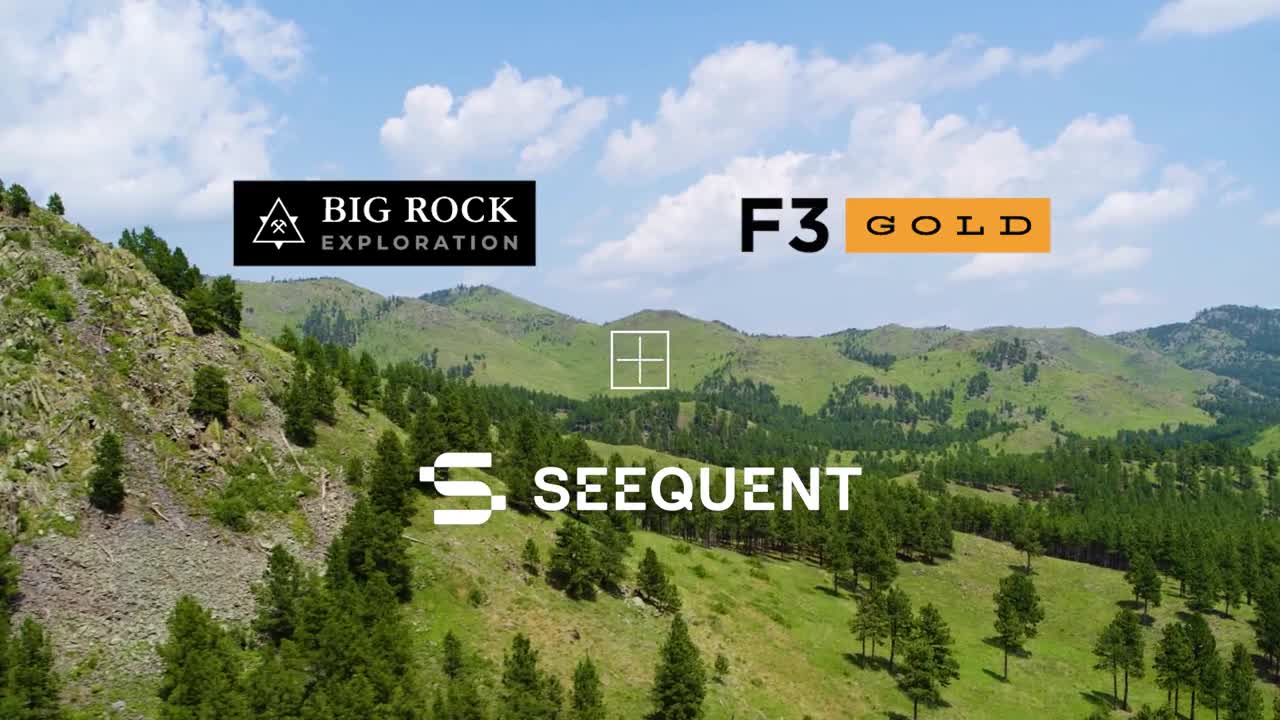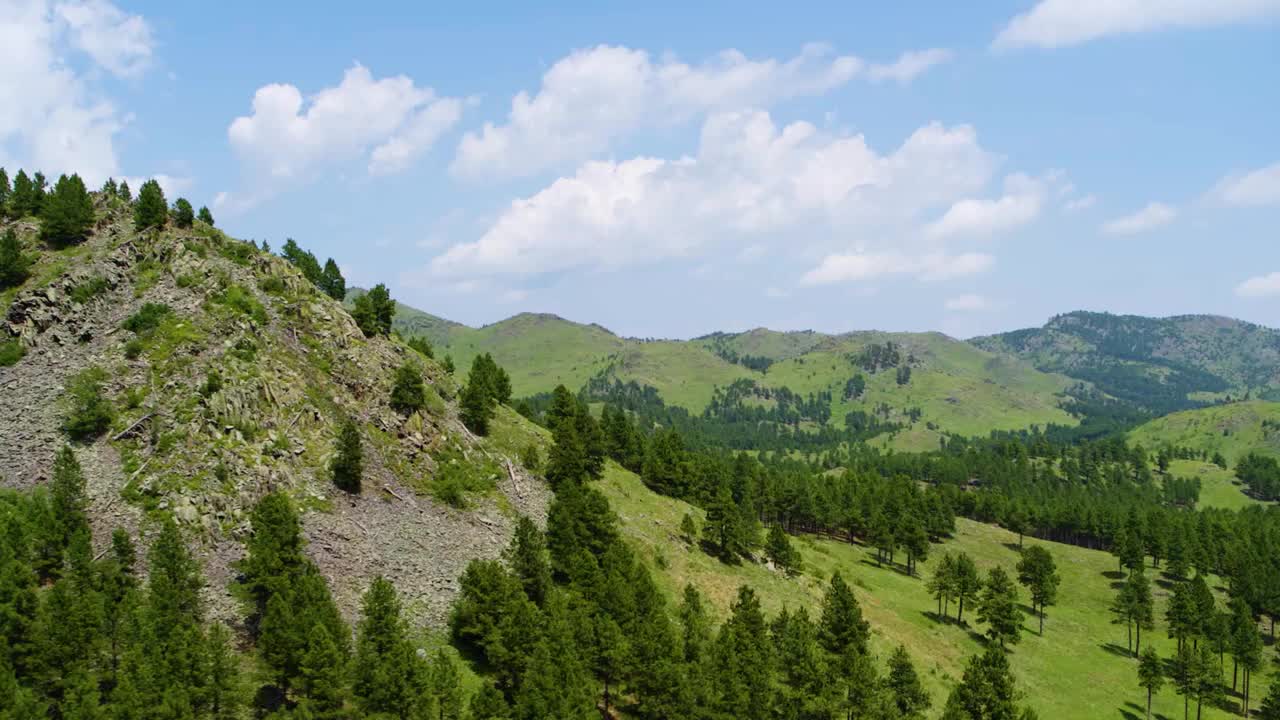In the historic gold mining region Black Hills of South Dakota, Big Rock Exploration and F3 Gold are applying modern leave no trace exploration methods.
Working within a National Forest, they’re using non-invasive exploration techniques and software to create a sustainability plan beyond prospecting – to production and reclamation.
Overview
Speakers
Rob Bergmann
President, F3 Gold
Chris Nicosia
Geologist, Big Rock Exploration
Brandon Isakson
Director of operations, Big Rock Exploration
Brian Lentz
President, F3 Gold
Duration
2 min 38 seconds

See more on demand videos
VideosFind out more about Seequent's mining solution
Learn moreVideo Transcript
Rob Bergmann, president, F3 Gold
Sustainability is the interconnection of environment, economy, and society, and where that interconnectivity of things stems back to, is the earth and mineral resources.
Chris Nicosia, geologist, Big Rock Exploration
Gold was discovered in the Black Hills in the mid 1870s during the Custer Expedition, and they eventually discovered what is now the Homestake Mine. That became the major focus of gold exploration and mining in the Black Hills up until the mid-90s until its closure in the early 2000s.
Brandon Isakson, director of operations, Big Rock Exploration
F3 Gold is a client of Big Rock Exploration. Big Rock Exploration is a technical consulting firm specialising in geologic investigations and site evaluations.
F3 Gold has multiple properties located within the Black Hills. All are early-stage exploration programs looking for gold, and all are advancing toward drilling in the near future.
Brian Lentz, director, F3 Gold
We’re really proud of our partnership and our working relationship with the National Forest in the Black Hills.
Rob
Working in a National Forest ultimately requires a different level of regulatory policy and a different level of approach to establishing a pathway for exploration. We look to minimise our overall impact, leave no trace in our exploration process, but also to allow all different types of uses of those Public Lands to be undisturbed.
Brian
Generally, we’re doing things like geophysics, which is a non-invasive method where you’re walking through the woods collecting small amounts of soil or rock samples.
A lot of the non-invasive technologies that we’re using on the frontend are computer and software applications. We’ve seen a lot of progress and innovation in that over the past couple of decades.
Rob
We utilise Seequent software in a pretty regular capacity as we approach sustainability and minimising our overall impact.
Everything from planning as well as post-development, reclamation, and visualisation and modeling of these things so that we can understand how environmental factors coincide with geologic factors and how all that relates to an exploration plan and model.
Exploration as a whole, I’d say, as a community, we are constantly striving to become more sustainable.
Brian
It’s important to leave no trace and to minimise impacts not just in exploration and mining, but in all industries.
And really, it just goes back to that sustainability component of fulfilling our needs today without compromising the future needs of tomorrow.





